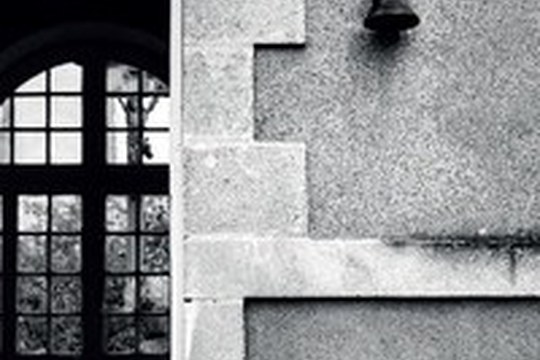The cloister and stairways of the 16th-century complex of San Giovanni in Monte in Bologna are redesigned by Franco Zecchin’s largely unpublished photographs. The images describe hidden and private daily routines of Carmelite cloistered life, offering a concrete resemantization of spaces and an approach to beliefs, made up of gestures, habits and objects. Inside a monastery, the organization of space conforms to devotion while building and orienting it. The essentiality of the furnishings, the monochromatic nature of the rooms, and the absence of personal objects contrast with the abundance of religiously connoted representations: elements of a circumscribed and self-referential context that forges the bodies of the nuns. This exhibition is the result of a lengthy illustrative investigation in collaboration with historian of religions and anthropologist Francesca Sbardella. It was prepared on the occasion of the conference Forms of Reclusion: Monasteries and Prisons, and is housed in the ancient cloistered settlement of San Giovanni in Monte, now home to the Department of History and Cultures of the Alma Mater. The convent, founded in the 10th century and rebuilt several times by the Lateran fathers, took on its current configuration in 1543, at the hands of Bolognese architect Antonio Morandi known as Terribilia. Used as a courthouse and prison during the French occupation, it retained the latter function until its acquisition by the University, which redeveloped and reconfigured it with the great Acropolis project (1990-1996). The exhibition lends back to the ancient walls the perception of the imagined silences of spirituality and regulation, sharing, with those who frequent them today, the vitality of a represented memory that is not closure but symbolic freedom.

